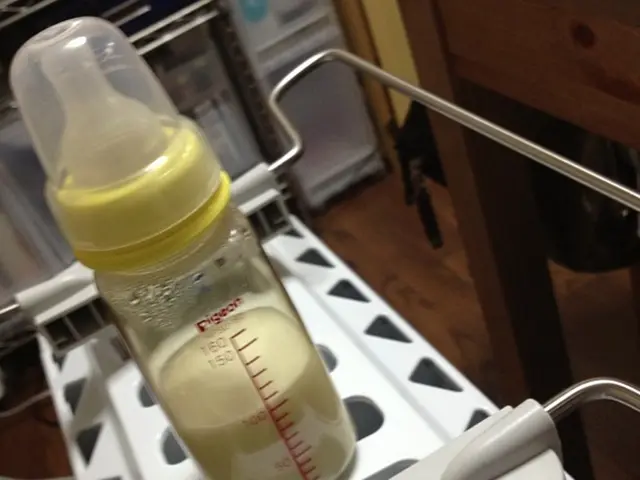Rhinoplasty Grafts: An Examination of Their Significance
In the realm of nose job surgeries, rhinoplasty grafts play a pivotal role in achieving both functional and aesthetic outcomes. These small pieces of cartilage or other materials are carefully inserted during the procedure to support, enhance, or reshape the nose.
Rhinoplasty grafts come primarily from the patient's own body, with the nasal septum, ear, and rib being common sources. The choice of graft material is crucial to the surgery's success, as it determines the support, contour, and smoothness of the nasal structures.
Septal cartilage, due to its availability and ideal shape, is generally the first choice. However, costal cartilage is reserved for major structural reconstructions or revision cases requiring extensive support. Auricular cartilage is suited for contour grafts needing elasticity. Cadaveric cartilage is used occasionally but carries risks of resorption and infection.
Key graft types and their roles include Spreader Grafts, Dorsal Onlay Grafts, Extension Grafts, Alar batten grafts, Columellar struts, and Lateral crural strut and onlay grafts. Each graft type serves a specific purpose depending on the nasal area being treated and the desired functional or aesthetic outcome.
For instance, Spreader Grafts are placed between the septum and upper lateral cartilages, restoring the internal nasal valve angle, improving midvault symmetry, supporting dorsal augmentation, and preventing inverted-V deformities. On the other hand, Dorsal Onlay Grafts are used to augment or restore the nasal dorsum, especially in cases of saddle nose or underprojection.
Extension Grafts are attached to the caudal septum to project and stabilize the nasal tip, a crucial step when the medial crura (central tip-supporting cartilages) are weak or absent. Alar batten grafts reinforce weakened or collapsed nostrils, ensuring proper function and appearance.
Columellar strut grafts support and project the nasal tip, creating a more defined and lifted appearance, while shield grafts enhance the definition and projection of the nasal tip, creating a more sculpted and harmonious nasal appearance.
Synthetic implants, such as silicone or Gore-Tex, have a higher risk of infection or rejection compared to autografts. Allografts, derived from processed donor tissue, are rarely used due to potential risks.
Post-operatively, swelling and bruising are normal, but specific aftercare practices help grafts heal well and settle naturally. Full results from nose job surgery, including the final integration of grafts, may take up to a year.
The stability provided by these grafts means that rhinoplasty surgery results can last a lifetime with proper care. They offer permanent support where tissue may be weak, help redefine the nose's shape, and prevent collapse or irregularities.
In summary, the art and science of rhinoplasty lie in selecting the graft type and donor material best suited to the nasal subunit being reconstructed and the functional goals, such as maintaining airway patency while achieving desired aesthetic outcomes.
Dr. Rajat Gupta, a board-certified plastic surgeon in India with 15 years of experience, offers the latest technology in cosmetic procedures. For those interested in his services, appointments can be booked by calling 91-9251711711 or emailing contact@our website.
Without grafts, the nose might collapse, look irregular, or cause breathing problems. Thus, rhinoplasty grafts are foundational to achieving stunning, functional, and lasting results in rhinoplasty surgery.
- In the realm of nose job surgeries, known as rhinoplasty, grafts made from the patient's own body are primaly used for supporting, enhancing, or reshaping the nose.
- The choice of graft material is crucial to the surgery's success, and the nasal septum, ear, rib, and sometimes cartilage from cadavers, are common sources.
- The art and science of rhinoplasty lie in selecting the graft type and donor material best suited to the nasal subunit being reconstructed, with specific graft types serving specific purposes.
- Without rhinoplasty grafts, the nose might collapse, look irregular, or cause breathing problems, making grafts foundational to achieving stunning, functional, and lasting results in rhinoplasty surgery.




